The mining industry is a vital sector that involves the discovery and extraction of natural minerals from the earth. From ancient times to today, it has played a crucial role in human development. Since the dawn of civilization, people have relied on materials like clay, stones, and metals found near the surface for tools, weapons, and trade. Over time, as technology advanced, the need for deeper and more complex mineral extraction grew, leading to the modern mining industry we know today. In the 21st century, the demand for rare elements and minerals has surged due to technological advancements. Despite ongoing environmental concerns, the industry has evolved with improved technologies that allow miners to extract more ore from deeper underground deposits. Mining is the process of extracting valuable minerals from the earth, such as coal, metals, oil shale, and gemstones. The economic viability of mining operations depends on factors like labor, equipment, energy, refining, and transportation costs. The mining industry includes prospecting, planning, extraction through surface or underground methods, processing, and land reclamation. While non-renewable resources like natural gas and petroleum are sometimes extracted, they are typically classified separately from the mining industry. At an active mine, three main processes occur: Mineral Extraction: This involves using surface or underground techniques to remove the ore from the earth. Mineral Handling: Sorting raw materials from waste, known as tailings. Mineral Processing: Crushing, grinding, smelting, or refining the minerals into usable products. Mining is essential for providing energy sources, construction materials, and components for electronics and other consumer goods. A mine’s life cycle begins with exploration, continues through extraction, and ends with land reclamation. Each stage is critical to ensuring both economic viability and environmental responsibility. Prospecting involves searching for minerals using various tools such as metal detectors, pickaxes, electromagnetic surveys, and geochemical analysis. These techniques help identify potential ore deposits beneath the surface. Once a deposit is identified, engineers use mathematical models to estimate its size and grade. This helps determine if the project is economically viable. Mining companies assess various factors before proceeding, including market demand, production costs, and environmental impact. Financial risks and long-term sustainability are also evaluated. After approval, infrastructure is built, and mining operations begin. Overburden is removed to access the orebody, which is then processed and transported. Waste management is crucial in mining, as most material removed is considered tailings. Proper storage and disposal are necessary to prevent environmental damage. After extraction, the ore is processed to extract valuable minerals. Finally, land is reclaimed to restore the environment and support future use. Mining can be categorized into surface and underground methods. Surface mining is more common, while underground mining is used for deeper deposits. Common types of deposits include placer and lode deposits. Placer deposits are found in rivers and streams, while lode deposits are embedded within rock formations. Surface mining includes strip mining, open pit mining, quarrying, and placer mining. These methods involve removing overburden to access the orebody. Underground mining uses tunnels and shafts to reach buried ore. Techniques include room and pillar, retreat mining, and longwall mining, each suited for different geological conditions. Artisanal mining, or small-scale mining, is practiced by independent miners using traditional tools. It is prevalent in developing countries and often provides livelihoods for local communities. Mining relies on heavy machinery such as draglines, haulers, and drills. Safety is a major concern, with miners using protective gear and following strict protocols to mitigate hazards like rockfalls and toxic exposure. Mining can lead to deforestation, soil contamination, and biodiversity loss. Environmental regulations aim to minimize these impacts and ensure responsible practices. Reclamation is required after mine closure to restore the land. Mining regulations vary globally, with some countries enforcing strict environmental and social standards. Initiatives like EITI promote transparency and community engagement in mining projects. Community involvement is essential for sustainable mining. Local input ensures that mining benefits are shared and environmental impacts are minimized. Consulting with local communities | Source: Stantec
Copper is made of pure copper or copper alloy in various shapes, including rods, wires, plates, belts, strips, tubes, foils, etc. The processing of copper is rolling, extrusion and drawing methods, copper sheet and strip are hot rolled and cold rolled; And strip and foil are cold-rolled; Pipe and bar are divided into extruded products and drawn products; The wires are drawn.
Copper plate
Copper sheet is a highly stable, low-maintenance roofing and curtain wall material that is environmentally friendly, safe to use, easy to process and highly resistant to corrosion.
Aluminum bronze, tin bronze, silicon bronze, beryllium bronze, red copper, brass, white copper, tungsten copper, red copper, oxygen free copper.
Copper plate classification: aluminum bronze plate, brass plate, tin bronze plate, silicon bronze plate, beryllium bronze plate, tungsten copper plate, purple copper plate, red copper plate, oxygen free copper plate, various specifications/models of copper plate.
Commonly used copper plate brands: H62, H65, H68, H70, H80, H90, C2600, C2680, C2700, C5210, C5191, C51000, QBe2.0, C1100, T2, etc.
Copper rod
Copper bar is a kind of non-ferrous metal processing bar, has better processing performance, high conductivity. Mainly divided into brass rod (copper zinc alloy, less expensive), purple copper rod (higher copper content).
Aluminum bronze, tin bronze, silicon bronze, beryllium bronze, red copper, brass, white copper, tungsten copper, red copper, oxygen free copper.
Copper rod classification: aluminum bronze rod, tin bronze rod, silicon bronze rod, beryllium bronze plate, brass plate, white copper plate, purple copper plate, red copper plate, tungsten copper plate, oxygen free copper plate, all materials of copper plate.
Commonly used brands: H59, HPb59-1, HPb59-3, H62, H65, H68, H70, H80, H90, C2600, C2680, C2700, C5210, C5191, C51000, QBe2.0, C1100, T2 and so on.
General specifications: Diameter: φ1.0-200mm, length: 2500-6000mm.
Copper pipe is also known as copper pipe. A non-ferrous metal tube is a pressed and drawn seamless tube. Copper pipe has strong, corrosion resistance characteristics, and become the modern contractor in all residential commercial housing water pipe, heating, cooling pipe installation of the first choice. Copper pipe is the best water supply.
Aluminum bronze, tin bronze, silicon bronze, beryllium bronze, tungsten copper, white copper, brass, red copper, red copper, oxygen free copper.
Aluminum bronze pipe, tin bronze pipe, silicon bronze pipe, beryllium bronze pipe, brass pipe, white copper pipe, red copper pipe, tungsten copper pipe, oxygen free copper pipe, various types of copper pipe.
Commonly used brands: H62, H65, H68, H63, H70, H80, H90, C2600, C2680, C2700, C5210, C5191, C51000, QBe2.0, C1100, T2, etc.
General specification: Wall thickness: 0.1-100mm, outer diameter: 1-600mm.
Copper strip
Copper belt is a kind of metal components, the product specifications are 0.1 ~ 3 * 50 ~ 250mm various states of copper belt products, mainly used for the production of electrical components, lamp caps, battery caps, buttons, seals, connectors, mainly used as conductive, thermal conductivity, corrosion resistance equipment. Such as electrical components, switches, washers, gaskets, electric vacuum devices, radiators, conductive base metal and automobile water tank, radiator, cylinder sheet and other parts.
Aluminum bronze, tin bronze, silicon bronze, beryllium bronze, tungsten copper, white copper, brass, red copper, red copper, oxygen free copper.
Aluminum bronze belt, tin bronze belt, silicon bronze belt, beryllium bronze belt, brass belt, white copper belt, red copper belt, tungsten copper belt, oxygen free copper belt, all specifications of copper belt.
Commonly used brands: H62, H65, H68, H63, H70, H80, H90, C2600, C2680, C2700, C5210, C5191, C51000, QBe2.0, C1100, T2, etc.
Specification: Thickness: 0.01-2.0mm, width: 4-600mm.
Good electrical and thermal conductivity, corrosion resistance and machining properties, can be welded and brazed. Containing reduced electrical and thermal conductivity impurities less, trace oxygen has little effect on electrical and thermal conductivity and processing properties, but easy to cause "hydrogen disease", not in high temperature (such as >370℃) reducing atmosphere processing (annealing, welding, etc.) and use.
Aluminum bronze, tin bronze, silicon bronze, beryllium bronze, tungsten copper, white copper, brass, red copper, red copper, oxygen free copper.
Aluminum bronze wire, tin bronze wire, silicon bronze wire, beryllium bronze wire, brass wire, white copper wire, red copper wire, tungsten copper wire, oxygen free copper wire, all specifications of copper wire.
Commonly used brands: H62, H65, H68, H70, H80, H90, C2600, C2680, C2700, C5210, C5191, C51000, QBe2.0, C1100, T2, etc.
Specification: Wire diameter: 0.01-15.0mm
Copper Metal,Red Copper,Brass,Brass Plates,copper wire Shandong Longhao Steel Group Co., Ltd. , https://www.longhaosteels.comThe Mining Industry: A Comprehensive Guide
What is the Mining Industry and Why is It Important?
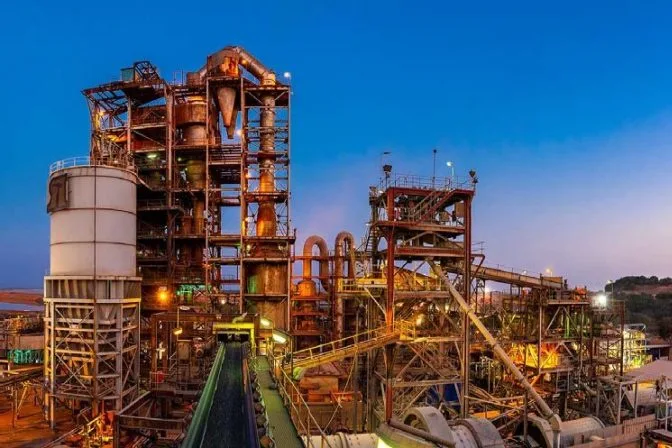 A processing plant roaster used for extractive metallurgy
A processing plant roaster used for extractive metallurgyThe Life Cycle of a Mine
Prospecting and Discovery
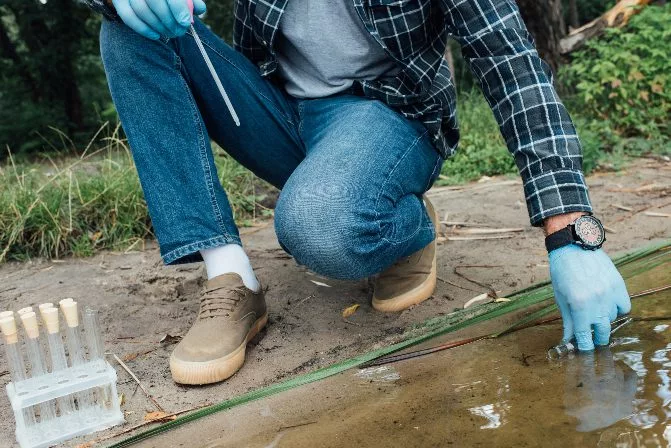 Prospector taking water samples
Prospector taking water samplesOre Size Estimation
Economic Feasibility
Development and Extraction
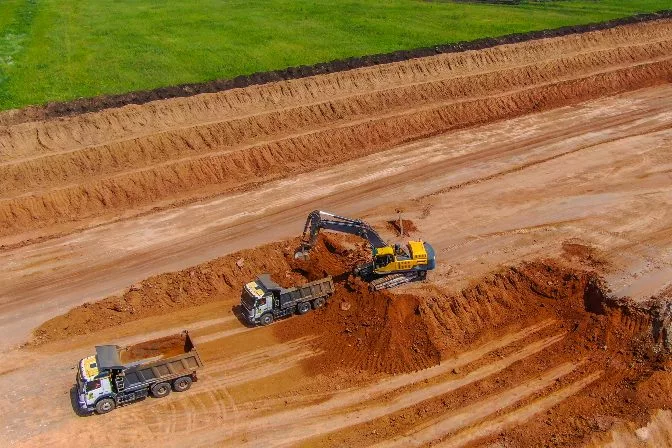 Removing overburden
Removing overburdenWaste Management
Processing and Reclamation
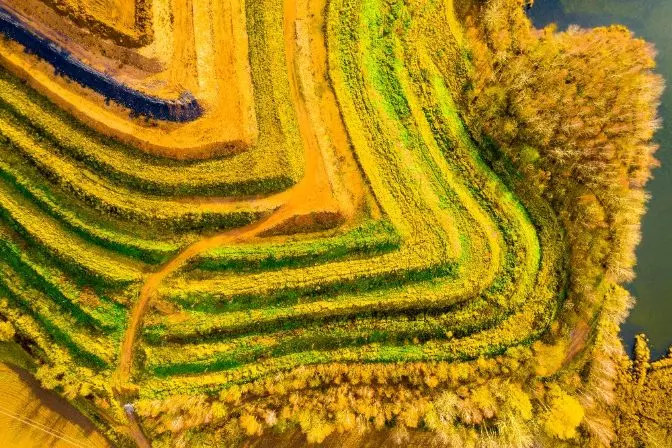 Reclamation of a surface mine
Reclamation of a surface mineTypes of Mining
Surface Mining Methods
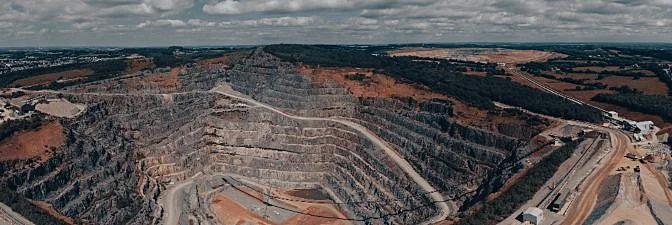 An open pit surface mine
An open pit surface mineUnderground Mining Techniques
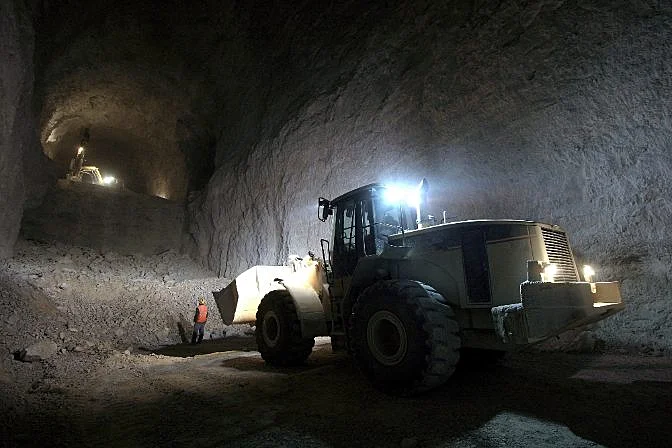 A loader clearing an underground mine drift
A loader clearing an underground mine driftArtisanal Mining
Mining Equipment and Safety
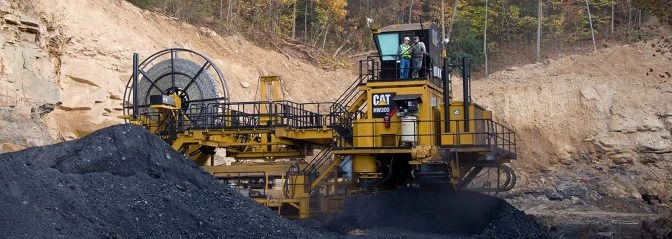 Highwall miners mine coal seams from the sides
Highwall miners mine coal seams from the sidesEnvironmental Impact and Regulations
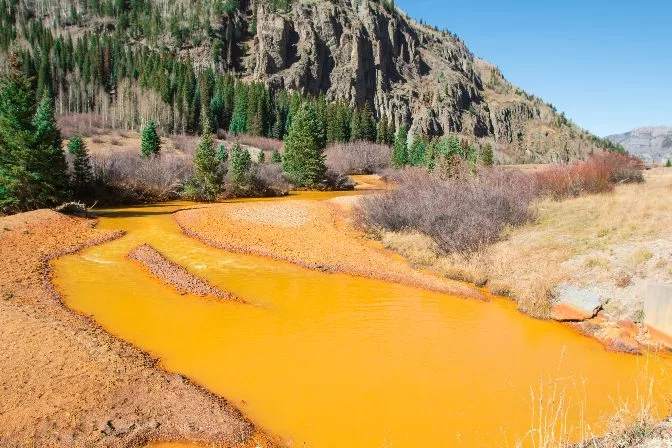 Surface water contamination
Surface water contaminationRegulations and Community Involvement
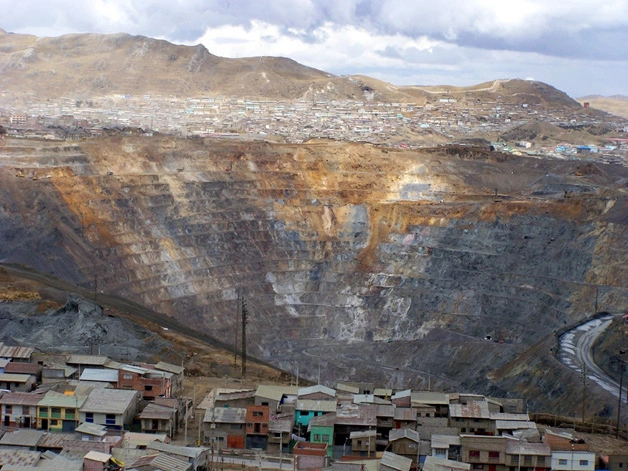 Open pit mine in Peru | Source: Source International
Open pit mine in Peru | Source: Source International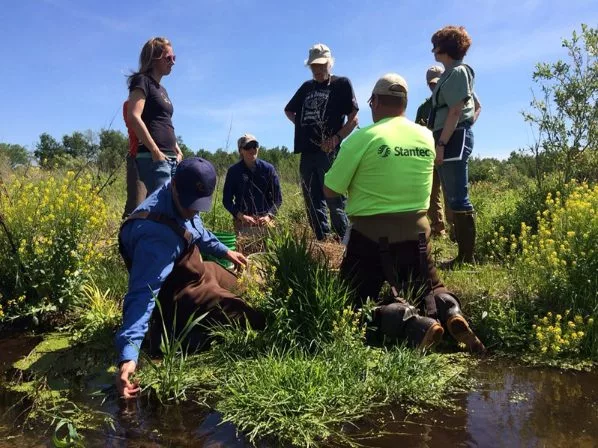
July 13, 2025